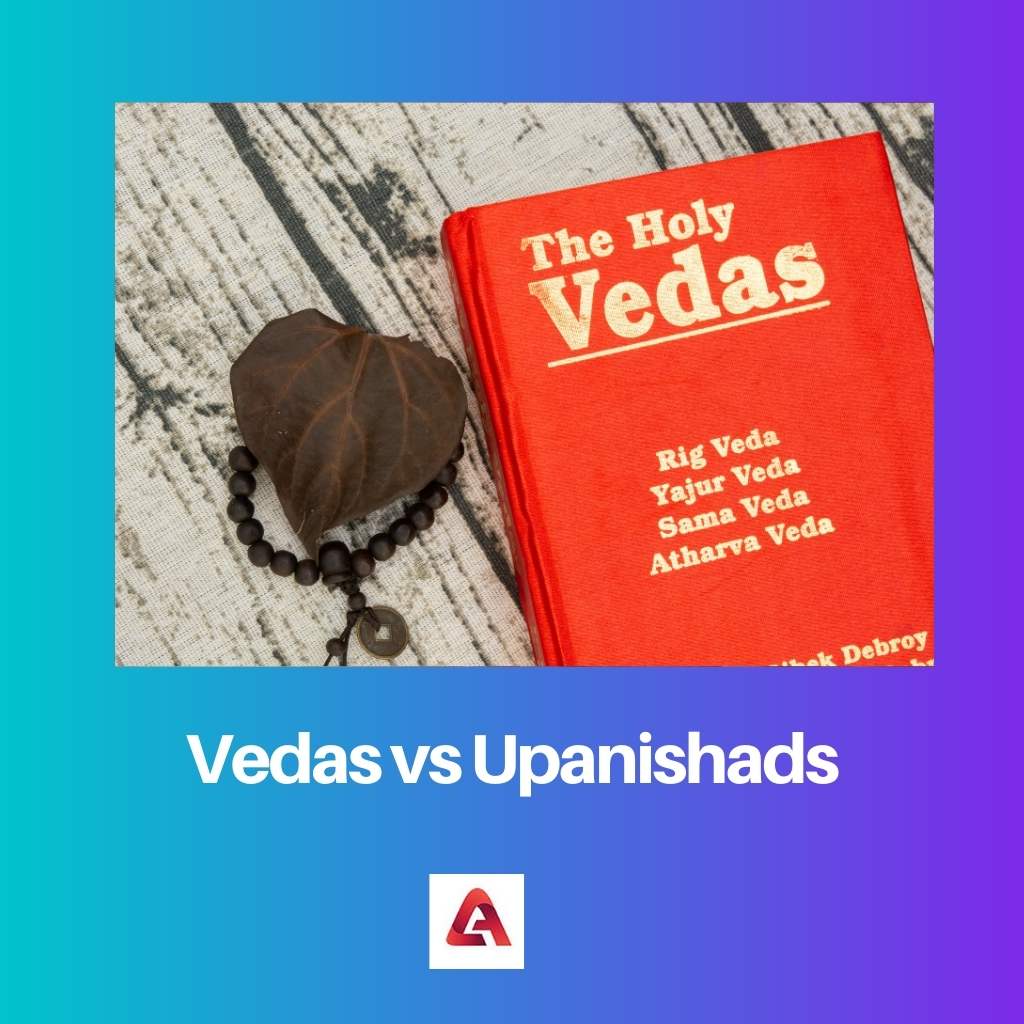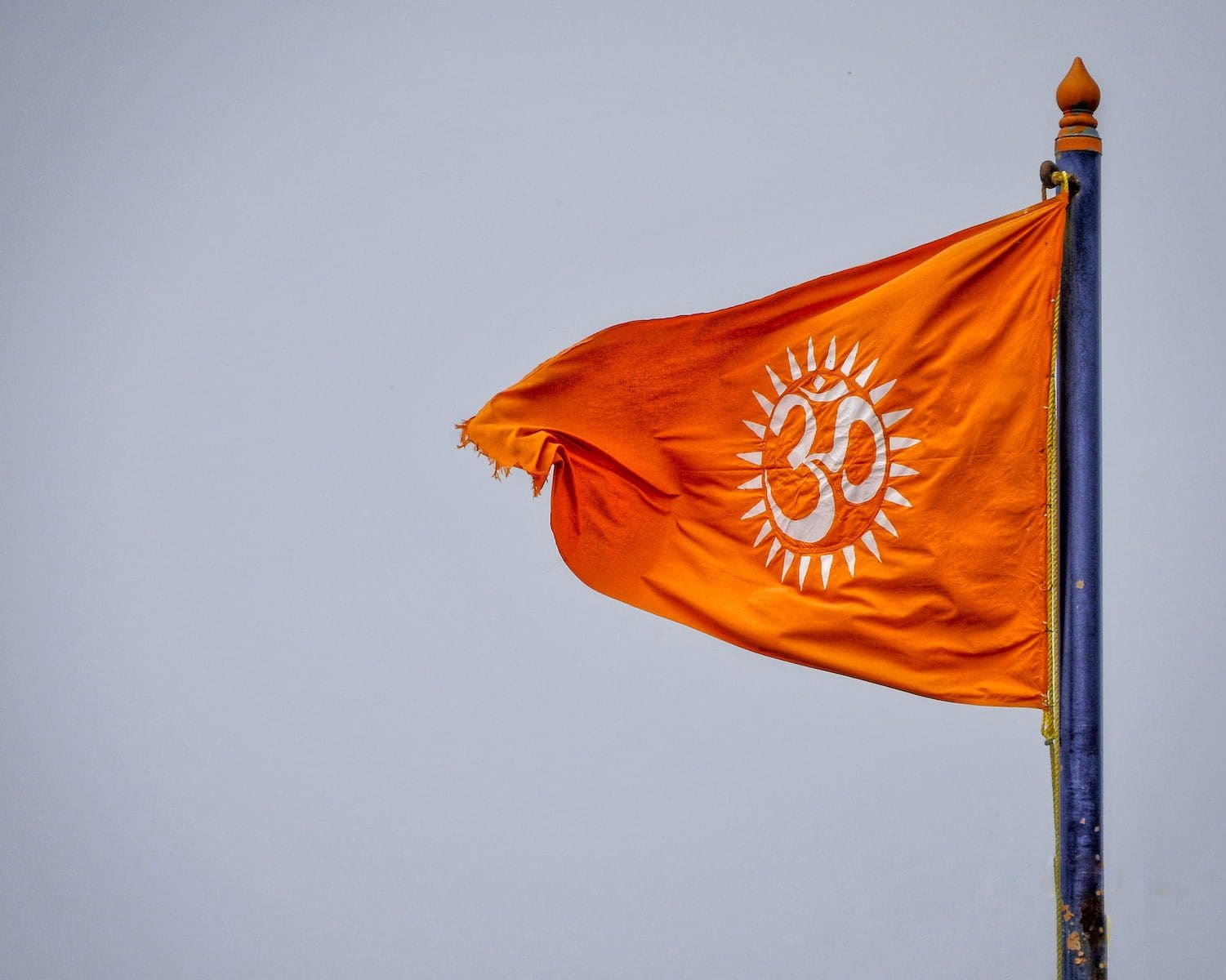The Vedas are ancient Hindu scriptures comprising hymns, rituals, and philosophical insights, serving as the foundation of Hinduism’s religious practices and societal norms. In contrast, the Upanishads, a later set of texts, delve deeper into philosophical inquiries, exploring concepts such as the nature of reality, the self (atman), and the ultimate truth (Brahman), providing a more profound understanding of spiritual concepts beyond mere ritualistic practices.
Key Takeaways
- Vedas are the oldest and most sacred texts of Hinduism, composed in Sanskrit and containing hymns, rituals, and philosophical teachings.
- Upanishads are later texts that form part of the Vedas, containing philosophical and mystical teachings on the nature of reality and the self.
- Vedas focus more on ritualistic and ceremonial practices, while Upanishads focus more on spiritual and philosophical concepts.
Vedas vs Upanishads
The Vedas are the oldest scriptures in Hinduism, containing hymns, mantras, and rituals, and are a source of spiritual knowledge and wisdom. The Upanishads are philosophical texts composed between 800 BCE and 500 BCE that explore the nature of reality, the meaning of life, and the relationship between the individual self and the divine.

Also, the Vedas were composed from 1200 to 400 B.C.E., whereas the Upanishads were written from 700 to 400 B.C.E.
Comparison Table
| Feature | Vedas | Upanishads |
|---|---|---|
| Period | 1200 BCE – 400 BCE (estimated) | 700 BCE – 400 BCE (estimated) |
| Origin | Considered the oldest scriptures of Hinduism | Part of the later Vedic texts |
| Purpose | Preserve knowledge about rituals, hymns, | Explore philosophical and spiritual questions |
| and social customs | about the nature of reality, self, and enlightenment | |
| Content | Hymns, prayers, rituals, mythology | Philosophical dialogues, metaphors, and stories |
| Language | Vedic Sanskrit | Classical Sanskrit |
| Focus | Practical aspects of religion (rituals, | Metaphysical and spiritual aspects of religion |
| sacrifices) | (enlightenment, self-realization) | |
| Deities | Emphasis on various deities (Indra, Agni) | Focus on Brahman (ultimate reality) |
| Authority | Considered highly authoritative | Considered highly authoritative |
What are the Vedas?
The Vedas, originating from ancient India, are the oldest and most authoritative scriptures of Hinduism, embodying the spiritual and philosophical heritage of the Vedic period. These texts are revered as divine revelations, believed to be the product of direct insight received by sages (rishis) during states of profound meditation. The Vedas are not the work of a single author but are attributed to a collective body of seers over many centuries.
Composition and Structure
- Rigveda: Considered the oldest and most fundamental Veda, the Rigveda consists of hymns (suktas) dedicated to various deities, primarily praising Agni (fire), Indra (king of gods), Varuna (god of cosmic order), and Soma (the sacred elixir). It also includes philosophical hymns contemplating the nature of existence.
- Samaveda: The Samaveda is primarily a collection of melodies (saman) derived from the Rigveda, arranged for chanting during rituals. It emphasizes the musical aspect of the Vedic tradition and serves as a liturgical guide for priests.
- Yajurveda: This Veda comprises prose mantras and verses used by priests during sacrificial ceremonies (yajnas). It is divided into two main branches: the “White Yajurveda” (Shukla Yajurveda) and the “Black Yajurveda” (Krishna Yajurveda), each containing distinct rituals and explanations.
- Atharvaveda: Unlike the other Vedas, the Atharvaveda focuses more on practical aspects of life, containing hymns and spells for healing, protection, and prosperity. It addresses various everyday concerns and incorporates folk traditions and rituals.
Content and Significance
The Vedas cover a wide range of topics, including cosmology, theology, morality, rituals, and societal duties. They provide insights into ancient Indian civilization, its cultural practices, and its spiritual worldview. The Vedas also lay the groundwork for Hindu religious philosophy, serving as the basis for later philosophical developments found in texts such as the Upanishads.

What are Upanishads?
The Upanishads are a collection of ancient philosophical texts that form the concluding part of the Vedas, representing the culmination of Vedic thought and spiritual inquiry. These profound works delve into metaphysical, mystical, and philosophical teachings, aiming to elucidate the nature of reality, the self (atman), and the ultimate truth (Brahman). The Upanishads are revered as the essence of Vedic wisdom and are considered fundamental to understanding the philosophical underpinnings of Hinduism.
Origins and Development
The term “Upanishad” is derived from the Sanskrit words “upa” (near) and “shad” (to sit), suggesting the intimate teacher-student setting in which these teachings were traditionally imparted. Scholars estimate that the Upanishads were composed over several centuries, with the earliest texts dating back to around 800 BCE. They were transmitted orally within various lineages of Vedic schools before being eventually compiled and codified.
Themes and Philosophical Inquiry
- Nature of Reality: Central to the Upanishadic teachings is the inquiry into the nature of reality (Brahman), positing it as the ultimate, unchanging, and all-encompassing principle underlying the universe.
- Self (Atman) and Brahman: The Upanishads expound the concept of the self (atman) as identical with the supreme reality (Brahman), asserting that realizing this unity leads to liberation (moksha) from the cycle of birth and death (samsara).
- Cosmic Order (Rita): They discuss the cosmic order (rita) and the interconnectedness of all existence, emphasizing the harmony and balance inherent in the universe.
- Means of Realization: Various methods for realizing the ultimate truth are explored, including meditation, self-inquiry (atma-vichara), devotion (bhakti), and philosophical contemplation (jnana).
Influence and Legacy
The Upanishads have had a profound impact not only on Hindu philosophy and spirituality but also on world thought. Their universal themes of interconnectedness, transcendence, and the search for ultimate truth resonate across cultures and religions. They have inspired countless spiritual seekers, philosophers, and scholars, shaping the development of Indian philosophy and influencing the likes of Plato, Schopenhauer, and modern proponents of transpersonal psychology.

Main Differences Between Vedas and Upanishads
- Nature of Content:
- Vedas: Primarily consist of hymns, rituals, and ceremonial practices.
- Upanishads: Focus more on philosophical inquiry, metaphysical concepts, and spiritual teachings.
- Purpose:
- Vedas: Serve as the foundation for religious rituals, societal norms, and cultural practices.
- Upanishads: Aim to provide deeper insights into the nature of reality, the self, and the ultimate truth, guiding seekers on the path to spiritual liberation.
- Approach:
- Vedas: Emphasize external rituals, duties, and social responsibilities.
- Upanishads: Encourage internal reflection, meditation, and philosophical contemplation, focusing on self-realization and transcendence.
- Timeline:
- Vedas: Considered the oldest scriptures of Hinduism, dating back to ancient India, with the Rigveda being the oldest among them.
- Upanishads: Developed later in the Vedic period as a response to philosophical inquiries arising from the Vedas, believed to have been composed between 800 BCE and 200 BCE.
- Authors and Composition:
- Vedas: Attributed to various seers (rishis) over many centuries, transmitted orally before being compiled into four main collections.
- Upanishads: Also attributed to different sages, representing the teachings passed down through teacher-student lineages, forming the concluding part of the Vedas.
- Content Focus:
- Vedas: Focus on praising deities, performing rituals, and maintaining cosmic order through ceremonial practices.
- Upanishads: Explore abstract concepts such as the nature of Brahman (ultimate reality), the relationship between the individual soul (atman) and Brahman, and the means of achieving spiritual liberation (moksha).




